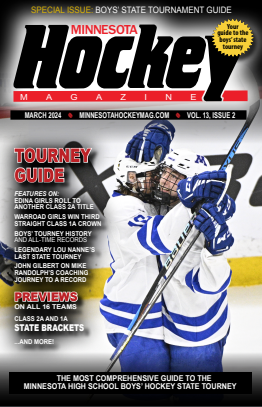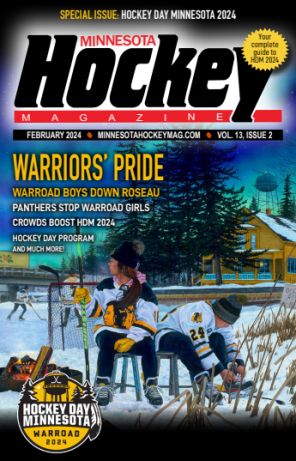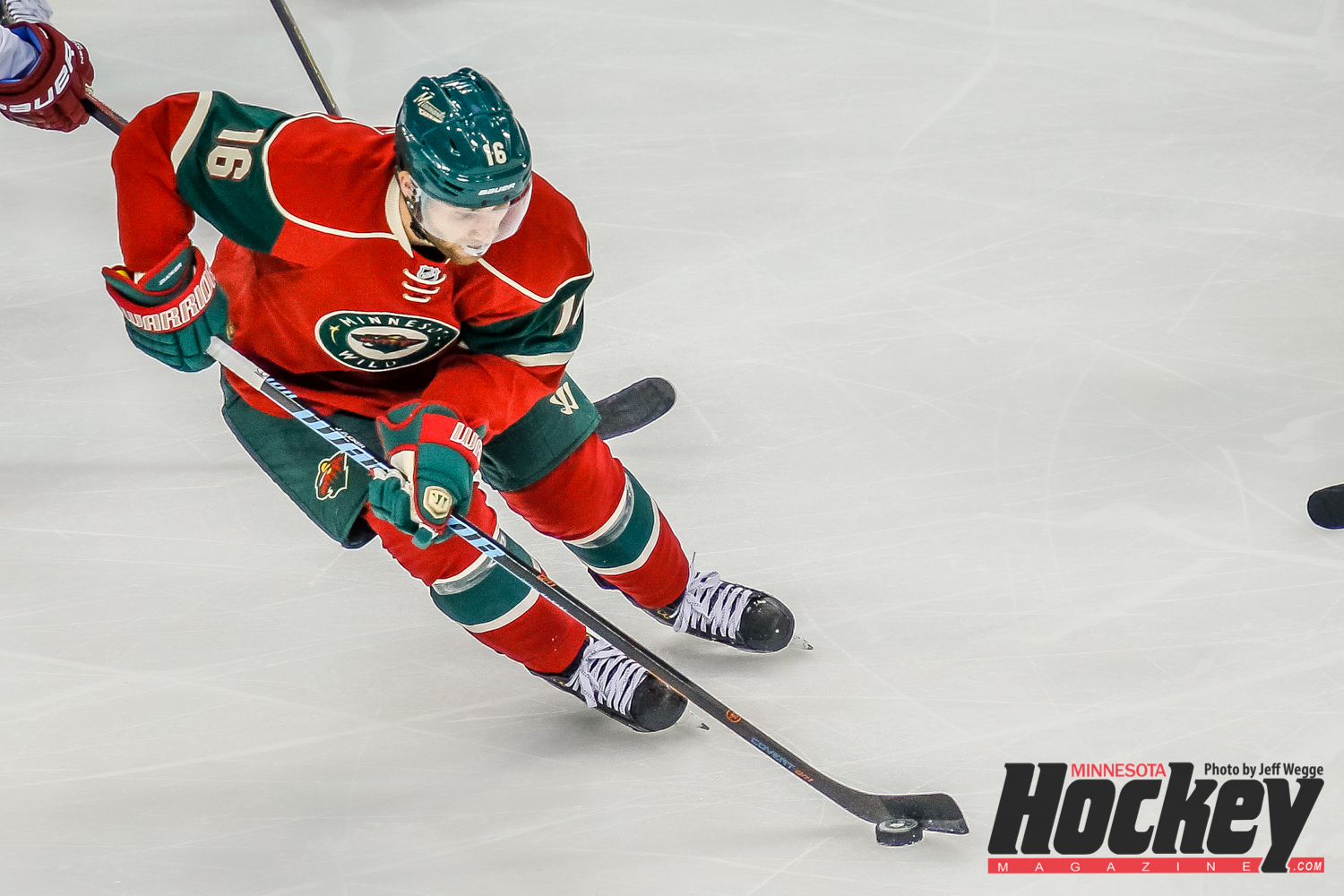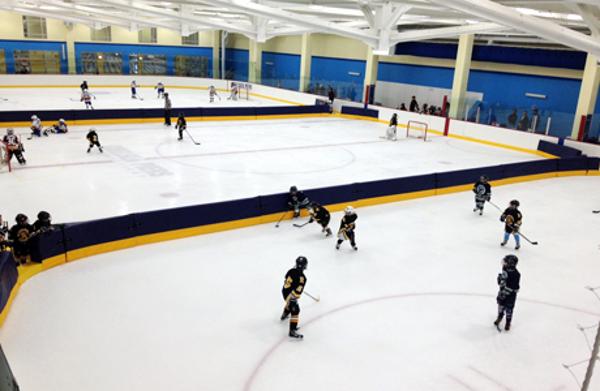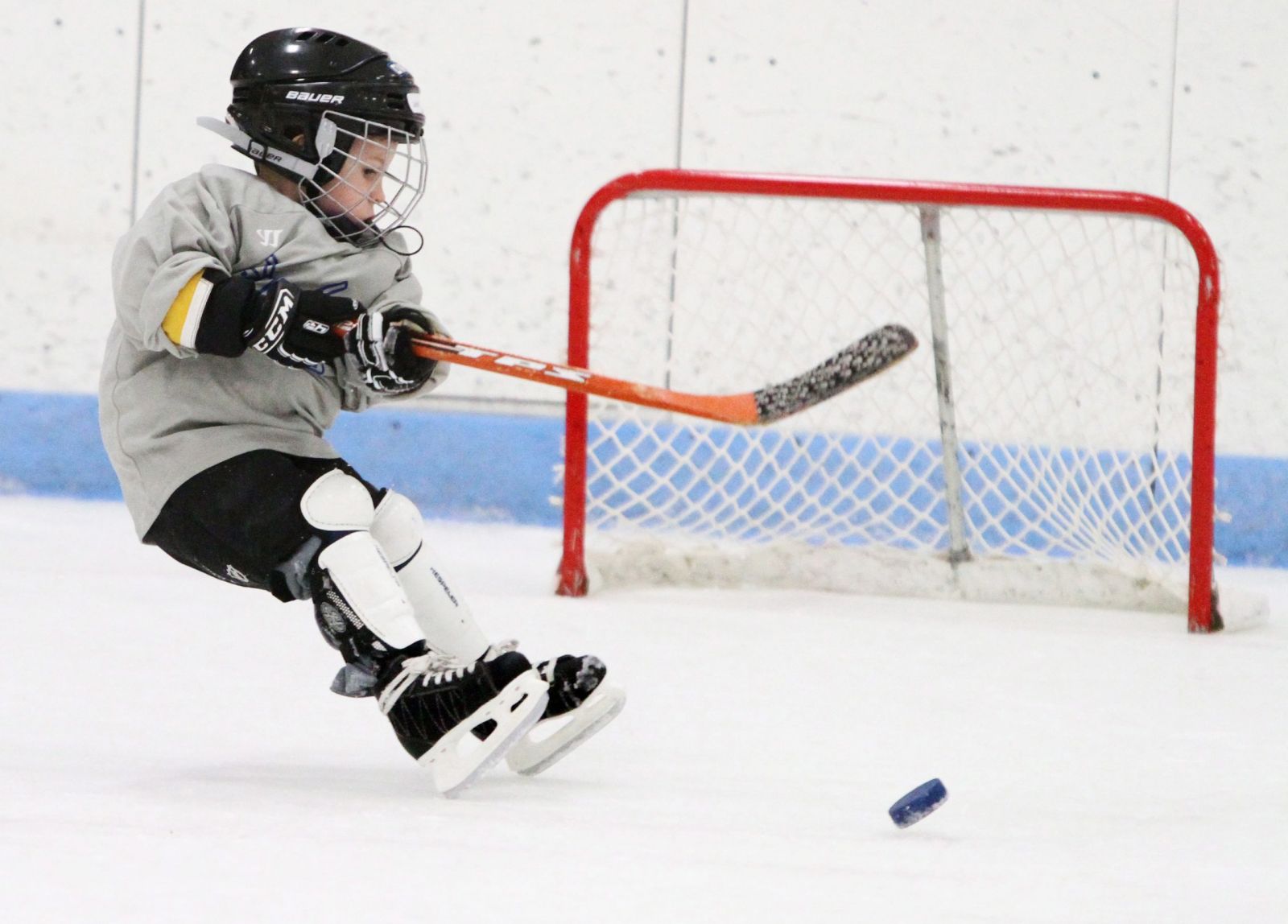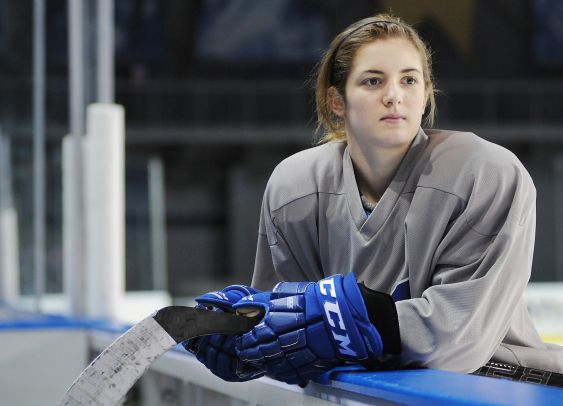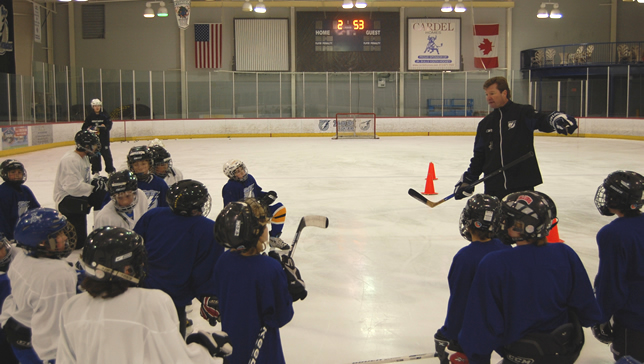Josh Levine
The Most Affordable Training Checklist
Are you using these cost-effective techniques?
-

by
Josh Levine
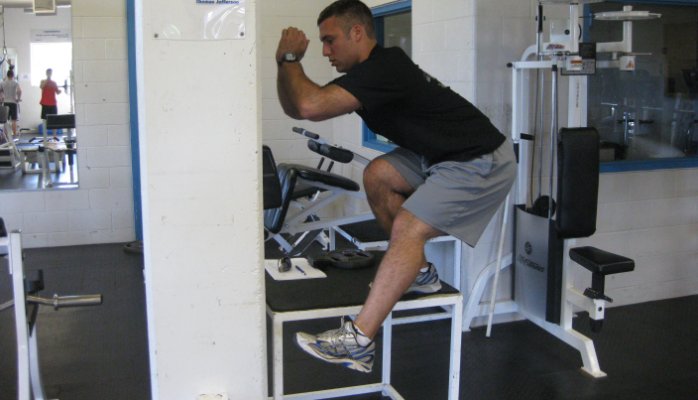
Are you using these cost-effective techniques?
My general rule is that the most affordable training tends to be the toughest and the most advantages. Like any rule, there are exceptions and certain training like skating technique work can be very beneficial for youth hockey players. However, I often find players paying a lot of money to do more glamorized training, but spending little to no time doing the real tough stuff. Below is a checklist of simple, affordable, and incredibly effective training techniques. Are you using them?
- Stick-handle in the garage. It’s too easy. Get a good stick-handling ball, make creative obstacles out of anything you can find, and play away. Buy a PVC pipe, roughly 1.25 inches in diameter, cut it so it’s about 6 inches in length, place on the stick, and hold with your bottom hand. This forces you to use the top hand and learn the proper technique. Make a goal for the season, place a piece of paper in the garage, and mark off how many times you complete a 15 minute stick-handling circuit. It’s just a numbers game. Do it enough times and you will have some amazing hands.
- Shoot pucks. Get together with some buddies, order a pizza, and shoot for a few hours. I generally like to start by shooting for accuracy – aim for the corners. You can also have a buddy call out a number one through four, with each number representing a different area on the net. Make sure to get both back-hand and fore-hand shots in. You should also just work on getting your shot harder. Don’t worry about accuracy when practicing to improve shot speed. You can shoot into the middle of the net. But focus on proper form and proper synergy between the legs, core, and upper body.
- Run Sprints. Find a hill, track, or soccer field. Pace out anywhere between 20 and 60 meters. Get some buddies that are about as fast as you and race each other like it is the Olympic qualifying round every single time. Make sure to take plenty of rest. During each sprint you must hit top speed. You’ll never get faster going 99%.
- Calisthenics. Getting knocked off the puck too often? Well, wall-sits, front planks, lunges, push-ups, pull-ups, and many other exercises can be done at home. Of course, they don’t shine like the barbells in the weight room, but they do provide great athletic benefits.
- Use Development Ice. Many rinks have development ice in the morning for very low cost. It’s practically free ice. Ask your coach what you need to work on and then go work on it. Go online and find great edgework drills. Perform figure eights on both the inside and outside edges. Do it going backward too. Shoot pucks and work on puck control.
- Have a pair of rollerblades? Use them when the weather allows. Put on your rollerblades, find a smooth and safe area, and work on your stride. No need to do all out sprints. It’s tough with rollerblades anyways to do quick explosive starts. Instead do 20-30 second skates with decent rest between each set. Focus on full stride recovery and full leg extension. Work on getting into the perfect hockey squat by exaggerating your knee bend.
- Do Agility Drills. Use a colored tape to create an agility ladder on the ground in the garage or driveway. Grab some cones and create movements you do on the ice at a soccer field or in your backyard. Sprint left, cut backward, stop, start, accelerate, decelerate, etc. Be creative, take plenty of rest, and make sure to do every drill at 100% of your physical potential.
Josh Levine is the founder and owner of the Fortis Academy, LLC., an athletic training and leadership development company that aims to help athletes become better leaders, athletes, and students. Josh is also author of Save Our Game: What's Wrong With Hockey Training Today and How to Fix It.





